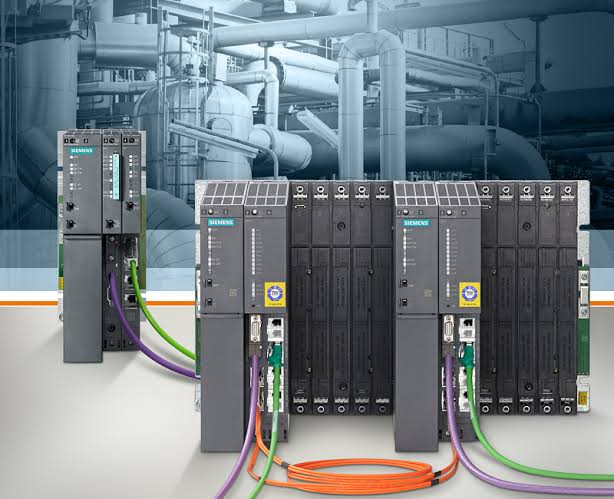Introduction:
PLCs are essential part of industrial automation.
This guide will provide an in-depth exploration of the essential components of PLC (Programmable Logic Controller) systems, the programming languages used to program them, the applications they are used for, and, the trends that are shaping this rapidly expanding field.
PLCs have been instrumental in the development of automated and industrial control systems,
allowing for more precise control and monitoring, as well as the automation of intricate systems.
This comprehensive guide will demonstrate how Programmable Logic Controllers have revolutionized the manufacturing process.
First we will discuss –
What is PLC (Programmable Logic Controller) ?
A PLC is a type of computer system that’s used in industrial settings to control and keep an eye on machinery and processes.
It’s like the brain of the system,
taking data from sensors,
processing it,
and , then sending orders to actuators to make sure everything runs smoothly and gets the job done right.

PLC (Programmable Logic Controller) different parts
Important parts are listed below.
a. Central Processing Unit (CPU):
The main one is the CPU, which is responsible for running the program.
b. Input/Output (I/O) Modules:
The I/O modules are connected to the outside world.
so the PLC can get input from sensors and output from actuators.
c. Memory:
The memory stores all the data and variables needed for the program to run.
d. Communication Ports:
The communication ports let the PLC talk to computers and other stuff.
e. Power Supply:
Finally, the power supply gives the PLC the power it needs to run.

PLC Programming Languages:
Programming languages used to program PLCs vary from one language to the next.
a. Ladder Logic:
Ladder Logic is a popular language that looks like a relay logic diagram and is used for its easy-to-understand graphical representation.
b. Structured Text:
Structured Text is a high-level language that looks similar to C or Pascal, and is great for complex algorithms.
c. Function Block Diagram (FBD):
Functional Block Diagrams use graphics to represent functions and how they work together.
d. Sequential Function Chart (SFC):
Sequential Function Charts are great for showing how a control system works in order.
Applications of PLCs:
Programmable logic controllers (PLCs) are utilized in a variety of sectors,
such as
manufacturing,
automotive,
power generation,
and food processing, among others.
Benefits and Challenges:
There are pros and cons to using PLCs. They can help you be more efficient, reduce human mistakes, and keep an eye on things in real-time.
But they can also be tricky to program, require a lot of maintenance, and require a lot of expertise.
Future Trends in PLC:
As technology advances, Programmable Logic Controllers (PLCs) are becoming increasingly adept at responding to evolving requirements.
a. Integration with IIoT:
A key example of this is the integration of PLCs with IIoT systems, which allows for the exchange of data and remote monitoring.
b. Edge Computing:
PLCs are now able to process data on the edge, making it faster and easier to make decisions in real-time.
c. Machine Learning:
They can also integrate machine learning algorithms to help with predictive maintenance and optimizing processes.
Conclusion:
PLCs are still playing an important role in industrial automation, helping businesses become more efficient, accurate, and creative.
By knowing what PLCs are made of, what programming languages they use, and how they work, businesses can use PLCs to improve their operations and succeed in the ever-changing world of industrial control.
For more updates, and videos on instrumentation engineering, Subscribe our You tube Channel, and, Follow us on Facebook.
Home Page Our You tube Channel